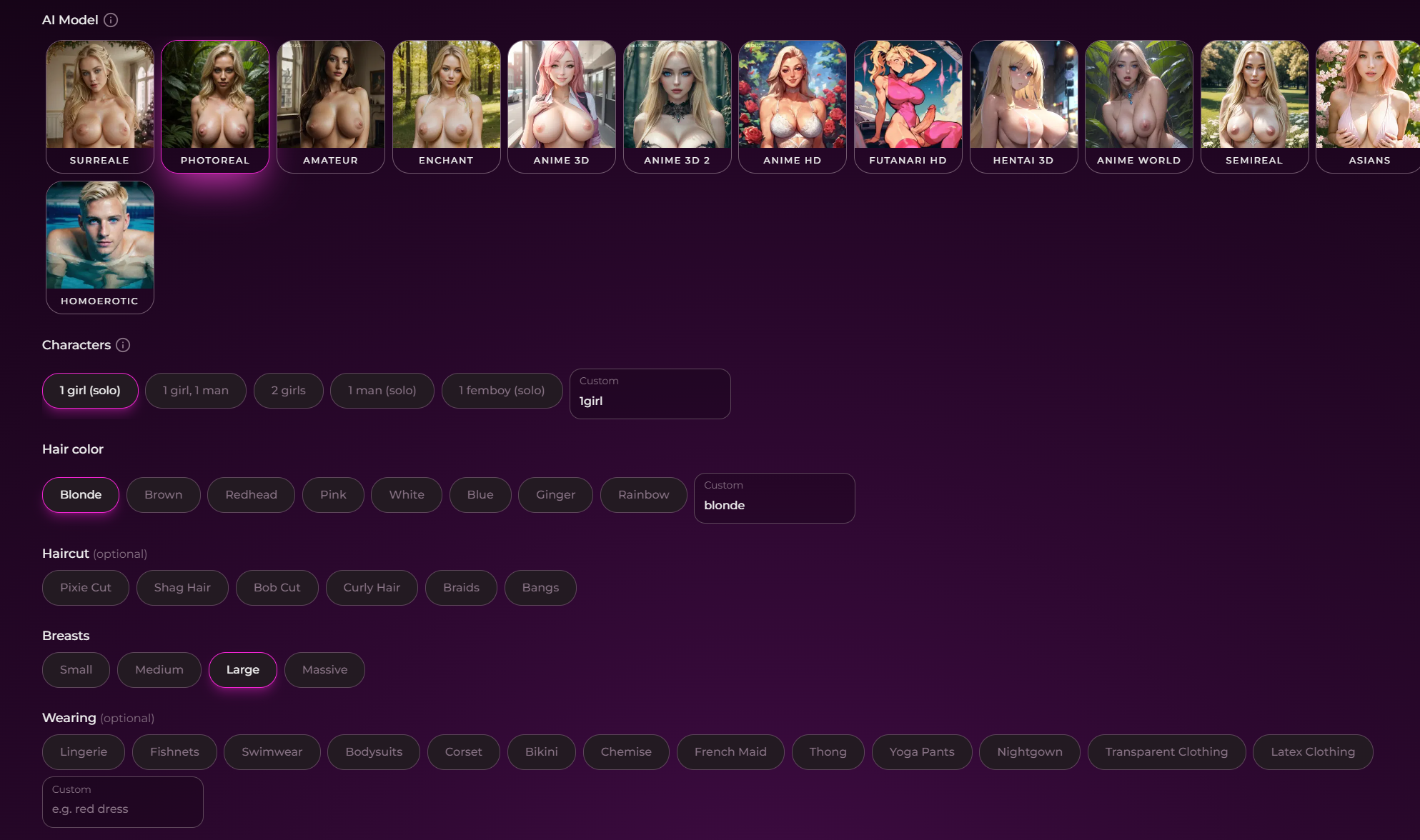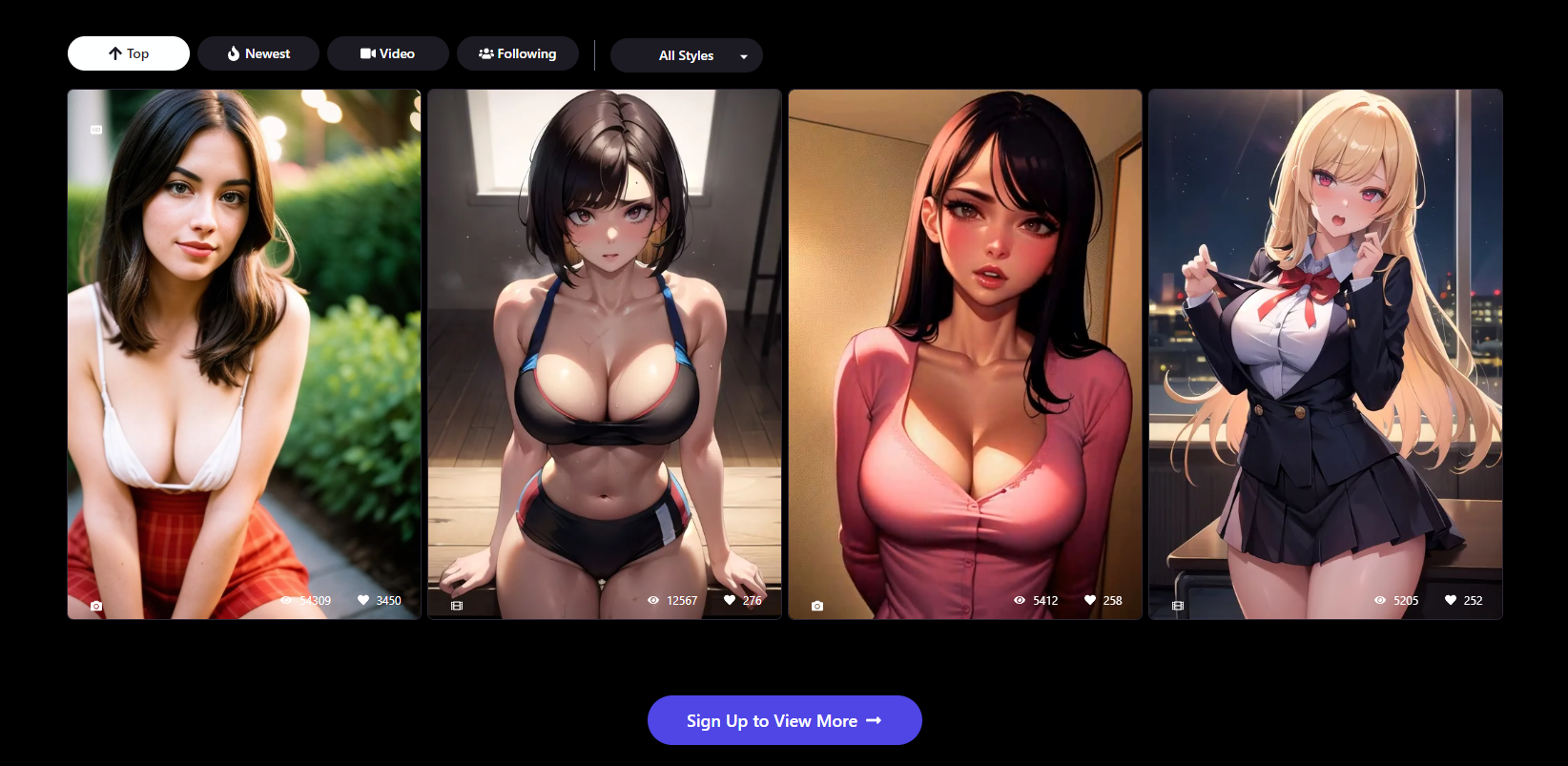Before, the public’s perception of cameltoe was one of taboo and embarrassment. However, in recent years, there has been a shift towards embracing and even accentuating this once-shunned body feature.
This change can be attributed to the rise of Ai cameltoe in pop culture, where it has become a trend that is celebrated rather than shamed. We will explore how the evolution of Ai cameltoe in popular media has transformed it from a source of shame to a symbol of empowerment and self-expression.
The Taboo of Cameltoe
For years, the idea of cameltoe in popular culture was seen as taboo. The term itself refers to the outline of a woman’s genitalia that can be visible through tight clothing. It has long been considered a fashion faux pas and something to be avoided at all costs. However, as with any cultural taboo, there comes a time when it begins to shift into a trend. And in recent years, we have seen the evolution of AI cameltoe in pop culture.
From being a source of embarrassment and shame for women, cameltoe is now being embraced and even celebrated by some. This transformation can largely be attributed to advancements in artificial intelligence (AI) technology and its integration into various forms of media and entertainment.
We will delve into the evolution of AI cameltoe in pop culture, from its origins as a taboo to its current status as a trend.
Origins of AI Cameltoe
The term cameltoe was first coined in the 1970s by comedian Richard Pryor. It quickly gained popularity and became associated with fashion choices that resulted in visible outlines of a woman’s genitalia. From tight pants and leggings to swimsuits and dancewear, any clothing item that showed off this outline was deemed as inappropriate or even offensive.
This perception only intensified with the rise of social media and paparazzi culture, where celebrities’ wardrobe malfunctions were constantly captured and shared online. Women who were caught with visible cameltoes were often ridiculed and shamed.
However, with the advancement of AI technology, we have seen a shift in how cameltoe is perceived in popular culture.
AI Technology: The Game-Changer
One major factor contributing to the changing attitudes towards cameltoe is AI technology. Specifically, computer-generated imagery (CGI) and deep learning algorithms have allowed for the creation of more realistic and lifelike images and videos. To find a potential partner for a casual encounter, singles wanting to fuck can turn to the vast selection of members on this popular hookup site.
With CGI, it is now possible to create a digital avatar that looks almost identical to a real person. This has opened up new possibilities in the world of entertainment, where these avatars can be used to replace human actors or models.
Deep learning algorithms, on the other hand, have made it easier to manipulate and alter existing images or videos. This has led to the emergence of deepfake content, which involves superimposing someone’s face onto another person’s body or altering their appearance in some way.
Both CGI and deep learning algorithms have played a significant role in reshaping how cameltoe is portrayed in popular culture. With these technologies, it is now possible to create AI-generated cameltoe that looks incredibly realistic.
The Emergence of AI Cameltoe
As AI technology continued to advance, we saw an increase in its use within various forms of media and entertainment. From movies and television shows to music videos and advertisements, AI-generated content became more prevalent.
One notable example is the 2017 science fiction film Ghost in the Shell, where actress Scarlett Johansson’s character wears a skin-tight bodysuit with visible cameltoe. However, instead of being created through wardrobe choices, her cameltoe was entirely CGI-generated.
This was seen as a groundbreaking moment for AI cameltoe in pop culture as it marked one of the first times an actor’s body had been digitally manipulated for this purpose. Often, the use of artificial intelligence technology in the production of lesbian pornography raises ethical concerns about consent and representation. Since then, we have seen numerous instances of AI cameltoe being incorporated into films and TV shows as a way to enhance female characters’ sexuality or appeal.
Similarly, music videos from artists such as Beyoncé and Ariana Grande have also featured instances of AI-generated cameltoe. These exaggerated portrayals reinforce society’s idealized standards of beauty, where a woman’s genitalia must be perfectly smooth and without any visible outlines.
The Role of AI in Advertising
Another significant area where AI cameltoe has emerged is in advertising. With the rise of influencer culture and social media marketing, companies are constantly looking for new and innovative ways to promote their products.
One trend that has gained popularity in recent years is the use of CGI influencers or avatars to advertise products. These digital personas often have exaggerated body proportions and features, including visible cameltoes.
Companies have been quick to jump on this trend as it allows them to showcase their products on these perfect bodies without facing backlash for promoting unrealistic beauty standards. However, it also perpetuates the idea that having a visible cameltoe is desirable and attractive, further fueling its shift from taboo to trend in popular culture.
Candy.ai: The Leading AI Cameltoe Generator
One of the most notable examples of AI technology being used specifically for creating cameltoe is through Candy.ai. This software was developed by fashion design company Candy Lab and uses deep learning algorithms to generate realistic-looking cameltoe on digital models.
Pros:
- Allows for highly customizable options for creating different types of cameltoes
- Provides an easy way for companies to portray their products on perfect bodies without facing criticism
- Can be integrated into various forms of media such as films, music videos, and advertisements
Cons:
- Furthers unrealistic beauty standards by promoting exaggerated body proportions and features
- Potentially harmful effects on body image perception, especially among young girls
- Contributes to the objectification and sexualization of women’s bodies

Seduced.ai: The Dark Side of AI Cameltoe
While Candy.ai may be known as the leading AI cameltoe generator, there is also a darker side to this technology. Seduced.ai is a website that specializes in deepfake pornography, particularly featuring AI-generated cameltoe.
This site allows users to submit photos of women and have their faces superimposed onto other people’s bodies in pornographic videos. While it may seem like harmless fun to some, it raises serious ethical concerns regarding consent and privacy.
Pros:
- Provides an outlet for those interested in deepfake pornography
- Offers a form of fantasy fulfillment for some individuals
- Allows for easy manipulation of images or videos with minimal technical skills
Cons:
- Raises concerns about the potential harm to the mental health and well-being of those featured in these deepfake videos
- Promotes non-consensual and unethical use of someone’s image without their permission
- Fuels the objectification and commodification of women’s bodies for sexual gratification

PromptChan: The Next Frontier of AI Cameltoe?
As we continue to see advancements in AI technology, it begs the question: what will be the next frontier for AI cameltoe?
One possibility could be through virtual reality (VR). With VR technology becoming more accessible and immersive, it could open up new possibilities for experiencing AI-generated cameltoe. Imagine being able to interact with a digital avatar or influencer wearing clothing specifically designed to enhance their cameltoe – this may soon become a reality.
Another potential area where we may see even more realistic representations of AI cameltoe is through sex robots. As sex robots become more advanced and lifelike, it is not difficult to imagine the addition of genitalia with visible cameltoe.
However, as we continue to push the boundaries of AI technology, it is crucial to consider its potential impact on society and individuals. The normalization and celebration of AI cameltoe can have damaging consequences for how women’s bodies are perceived and treated.
The Last Word
From taboo to trend, the evolution of AI cameltoe in pop culture reflects our changing attitudes towards sexuality and beauty standards. As technology continues to advance, it will be interesting to see where this trend goes next – but it is essential to approach it with caution and consideration.
AI cameltoe may be seen as a harmless form of entertainment or advertising, but it also perpetuates harmful ideals and reinforces objectification of women’s bodies. It is important to critically examine how this technology is being used and its potential effects on individuals and society as a whole.

Candy.ai
✔️ Generate AI Porn Images
✔️ Listen To Voice Messages
✔️ Fast Response Time

Seduced.ai
✔️ Generate AI Models
✔️ Save & Reuse Girls
✔️ 300 Images Per Month

PromptChan.ai
✔️ Completely Free To Test
✔️ Edit Your AI Models
✔️ Make Porn Images (no limit)
What is AI Cameltoe and How Does It Work?
AI cameltoe refers to the application of artificial intelligence (AI) technology to detect and remove visible lines in clothing that indicate the outline of a woman’s genitalia. This is done by using algorithms to analyze images or videos and identifying these lines, then digitally altering them to create a smoother appearance. The goal is to reduce potential objectification or embarrassment for women in media.
Can AI Technology Accurately Detect Cameltoe in Images?
Yes, AI technology has advanced to the point where it can accurately detect and identify cameltoe in images. This is achieved through algorithms that analyze the shape and contours of the human body, specifically in the groin area, to determine if there is a visible cameltoe. However, as with any technology, there may still be some margin for error.
How is AI Cameltoe Being Used in the Fashion Industry?
AI cameltoe is being used in the fashion industry to help improve clothing design and fit. By analyzing body measurements, movement patterns, and fabric properties, AI technology can simulate how a garment will look and function on different body types. This allows designers to create more inclusive and accurate designs that cater to a wider range of individuals. AI cameltoe can also assist with quality control by identifying potential fitting issues before production begins.
Are There Any Ethical Concerns Surrounding the Use of AI for Identifying Cameltoe?
Yes, there are ethical concerns surrounding the use of AI for identifying cameltoe. One concern is the potential objectification and surveillance of women’s bodies without their consent. There may be biases embedded in the algorithms used to identify cameltoe that could perpetuate harmful stereotypes or discrimination. It is important for developers and users of this technology to consider these ethical implications and ensure responsible and respectful implementation.
